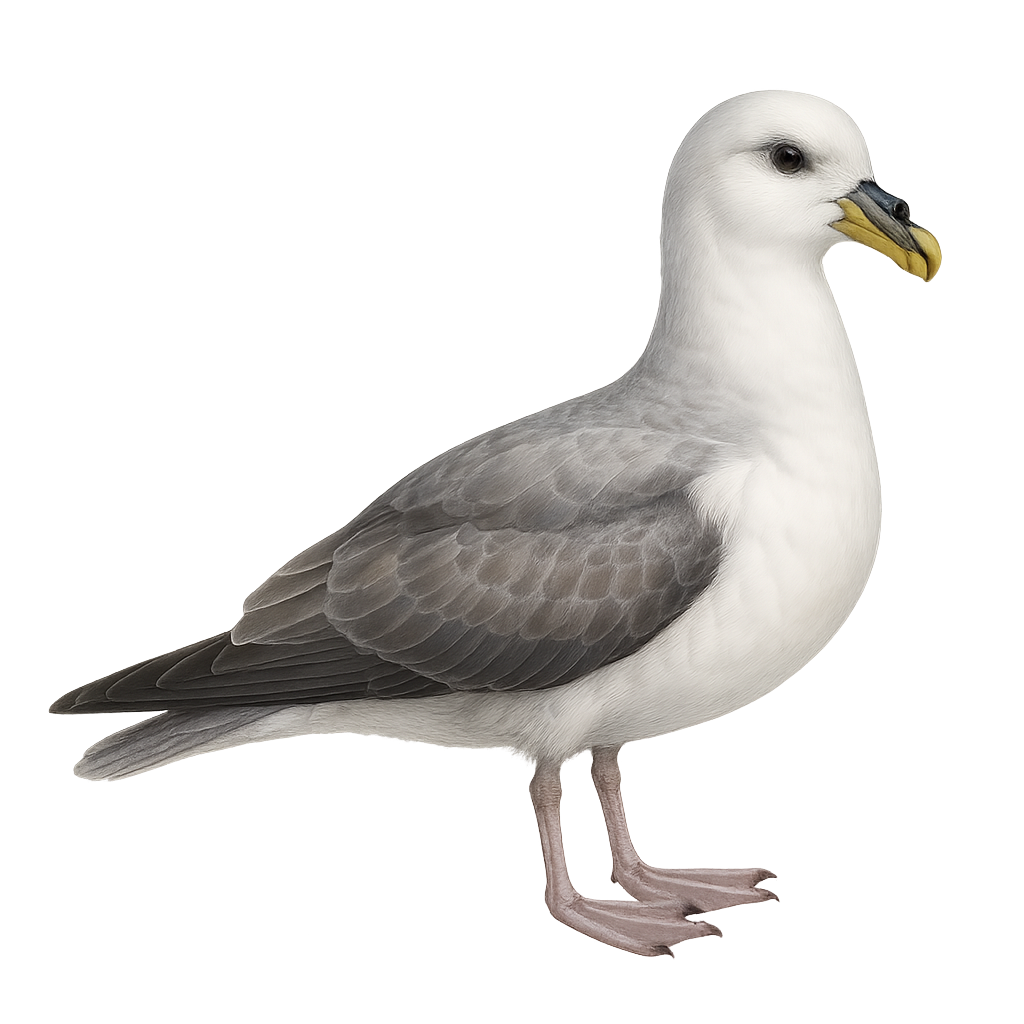Your wildlife photography guide.
Explore the northern fulmar in detail, study its behavior, prepare your shots.
Where to observe and photograph the northern fulmar in the wild
Learn where and when to spot the northern fulmar in the wild, how to identify the species based on distinctive features, and what natural environments it inhabits. The WildlifePhotographer app offers tailored photography tips that reflect the northern fulmar’s behavior, helping you capture better wildlife images. Explore the full species profile for key information including description, habitat, active periods, and approach techniques.
Northern Fulmar
Scientific name: Fulmarus glacialis

IUCN Status: Least Concern
Family: PROCELLARIIDAE
Group: Birds
Sensitivity to human approach: Tolerant
Minimum approach distance: 10 m
Courtship display: May to June
Incubation: 45-50 jours
Hatchings: June to August
Habitat:
Coastal cliffs, open seas
Activity period :
Primarily active during the day, with peak activity in the morning and late afternoon.
Identification and description:
The Northern Fulmar, or Fulmarus glacialis, is a robust seabird often mistaken for a gull due to its grey and white plumage. However, it is stockier with a short, hooked bill. This bird is primarily found in Arctic and subarctic regions, nesting on coastal cliffs. Known for its graceful gliding flight, it can cover long distances at sea. The Northern Fulmar feeds mainly on fish, crustaceans, and marine waste. It is also famous for its olfactory defense, emitting a foul-smelling oil to deter predators. Although generally not very shy, it remains cautious of human intrusions.
Recommended lens:
400 mm – adjust based on distance, desired framing (portrait or habitat), and approach conditions.
Photography tips:
To photograph the Northern Fulmar, focus on coastal cliffs where it nests. Use a 400mm lens or longer to capture details without disturbing the bird. The best times are early morning or late afternoon when the light is soft. Be patient and discreet to observe its gliding flight. Avoid sudden movements and maintain a safety distance of at least 10 m.
The WildlifePhotographer App is coming soon!
Be the first to explore the best nature spots, track rutting seasons, log your observations, and observe more wildlife.
Already 1 430 wildlife lovers subscribed worldwide

